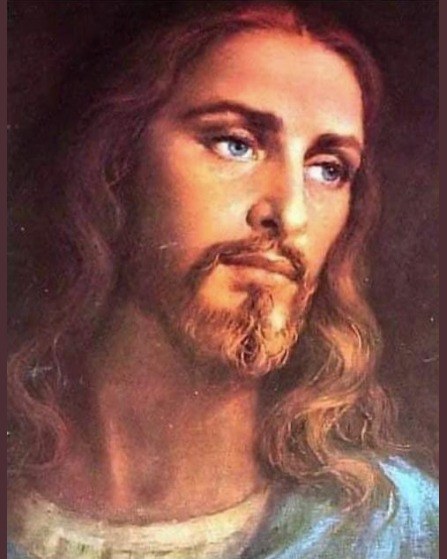For
centuries, countless artistic masterpieces have portrayed Jesus Christ as a
tall, fair-skinned figure with flowing light brown or blond hair and piercing
blue eyes. These images have become so ingrained in Western culture that it’s
almost impossible to imagine Jesus looking any different. But what if we told
you that science, history, and technology have come together to paint a very
different picture of what Jesus might have looked like?
Forensic
experts and historians now suggest that the traditional depictions of Jesus are
more about artistic interpretation than historical accuracy. The real Jesus, a
Jewish man living in first-century Palestine, likely looked very different from
the iconic images seen in churches and museums worldwide.
The
Historical and Cultural Context
Jesus
was born and raised in the region of Judea (modern-day Israel and Palestine), a
land home to diverse ethnic groups. As a Jew in this area, Jesus would have
shared physical traits with the local population. Based on anthropological
studies of ancient skeletons from the region, experts estimate that the average
male at the time stood around 5 feet 5 inches tall, with a muscular build due
to a life of manual labor and walking long distances.
In
terms of facial features, Jesus likely had darker skin, brown eyes, and black,
curly hair. His features would have been shaped by his Semitic heritage,
aligning more closely with the appearance of modern Middle Eastern populations
than the fair-skinned portrayals common in European art.
The
Power of Art in Shaping Belief
The
image of a fair-skinned, European-looking Jesus largely stems from the
Renaissance period. Artists like Leonardo da Vinci and Michelangelo painted
Jesus in their own cultural image, often influenced by the ideals of beauty at
the time. These depictions were not based on historical evidence but rather on
the preferences and biases of the artists and their patrons.
Modern
Science Steps In
In
recent years, forensic anthropology has made strides in recreating historical
figures’ appearances. Using advanced techniques, scientists have examined
ancient remains from the region where Jesus lived, combined with historical
texts and modern technology, to construct a more accurate representation of his
face.

One
of the most intriguing reconstructions comes from Bas Uterwijk, an artist and
former photographer who uses AI technology to create lifelike portraits. His
digital reconstruction of Jesus has sparked debate and fascination. Unlike
traditional depictions, Uterwijk’s Jesus has a broader face, a prominent nose,
and olive-toned skin, reflecting the features of Middle Eastern populations.
“I
used several cultural depictions, blending them to create a more convincing
Middle-Eastern face,” Uterwijk explained. The result is a portrayal that feels
both familiar and strikingly different, challenging our preconceived notions of
what Jesus looked like.
Why
It Matters
The
question of Jesus’ appearance isn’t just about satisfying curiosity—it has
profound implications for faith and representation. For many, Jesus’ image is a
deeply personal and spiritual connection. Seeing him represented in a way that
aligns more closely with historical evidence can be both challenging and
enlightening.
Moreover,
it’s a reminder of the diverse cultural and ethnic backgrounds that shape our
understanding of history and religion. By embracing a more historically
accurate depiction, we open the door to a richer and more inclusive
understanding of Jesus’ life and message.
The
Debate Continues
Despite
the advancements in science and technology, the question of Jesus’ appearance
will likely remain a topic of debate. Artistic interpretations continue to
reflect the cultural and personal beliefs of those creating them. However,
reconstructions like Uterwijk’s provide a fascinating glimpse into what might
have been, bridging the gap between faith, history, and science.
Final
Thoughts
As
we uncover more about the past, we’re reminded of how much history still holds
secrets waiting to be revealed. The story of Jesus’ appearance is just one
piece of a much larger puzzle, inviting us to explore the intersections of
faith, art, and science.
So,
the next time you see a painting or sculpture of Jesus, take a moment to
consider the incredible journey of how his image has evolved over the
centuries—and the groundbreaking work being done to uncover the truth.


Post a Comment